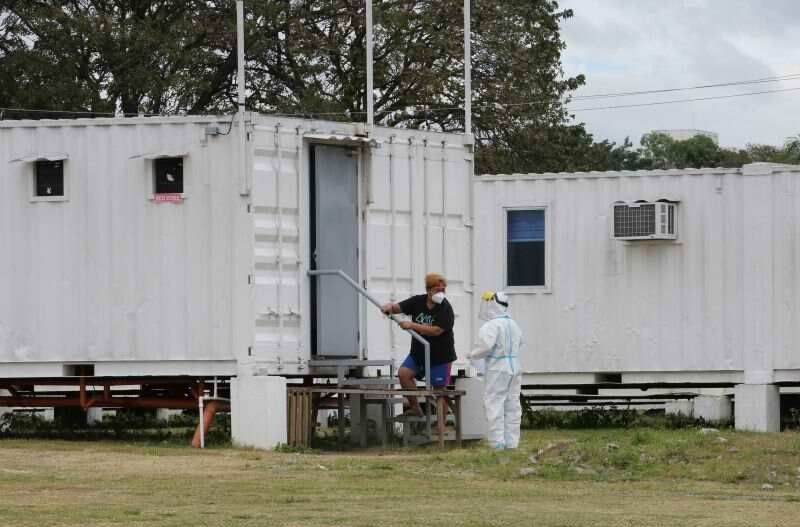COVID-19 growth rate in Metro Manila 'steadily declining' – OCTA fellow

MANILA, Philippines (Updated 1:17 p.m.) — The growth rate of COVID-19 cases in Metro Manila is “steadily declining,” a fellow of the private think tank OCTA Research said Saturday, adding that the latest surge in infections appears to be peaking in the capital region.
OCTA Research fellow Guido David said Saturday on Twitter that the daily growth rate in Metro Manila has decreased to 3% from 5% a day before.
NCR daily growth rate steadily declining, now at just 3%. If this trend is real, we could expect 16 to 18k cases in the NCR today, and 15 to 16k tomorrow. @dzbb @dzrhnews @NewsRmn @News5PH @allangatus @DZAR1026 @dwiz882 @EagleNews @ABSCBNNews @PhilstarNews @dzme_1530khz pic.twitter.com/xFZaSSvDRW
— Dr. Guido David (@iamguidodavid) January 15, 2022
David cautioned, however, that the apparent slowing down of new infections “is still subject to data backlog and late reports.”
But he said that if this trend is solid, Metro Manila should expect to see between 16,000 to 18,000 new cases on Saturday, and 15,000 to 16,000 on Sunday, towards a consistent decrease.
Health Undersecretary Maria Rosario Vergeire said the Department of Health has also noticed a slowing down of the increase in cases in Metro Manila, but cautioned that infections are still rising.
From January 6 to 12, Metro Manila logged 83,649 cases — the highest ever in a week — according to preliminary data from the Department of Health.
The new wave of infections, suspected to be driven by the highly infectious Omicron variant, started out in Metro Manila and is now beginning to spread outside of the capital region, prompting the government’s pandemic task force to tighten coronavirus curbs in most of the country.
The surge, however, appears to be slowing down in the provinces of Cavite, Rizal and Laguna, David said, but it is accelerating in Batangas and Isabela.
Status of select provinces in the Philippines. Surge could be slowing in Cavite, Rizal and Bulacan (again, there is uncertainty in the projections because of possible backlog and testing being overwhelmed). @dzbb @dzrhnews @DZAR1026 @NewsRmn @News5PH @allangatus @dwiz882 @NET25TV pic.twitter.com/cDqOa8Kbmd
— Dr. Guido David (@iamguidodavid) January 15, 2022
He added that the spike in infections is “maturing” in Laguna, Pampanga and Benguet, while it is still in its early stages but will likely be accelerating soon in Cebu, Pangasinan, Quezon, Iloilo, Camarines Sur, Davao del Sur and Negros Occidental.
David also forecasts a “steep artificial decline” following the government’s policy shift on testing, which prioritizes health workers, senior citizens and people with comorbidities for COVID-19 screening. — Xave Gregorio
- Latest
- Trending






























